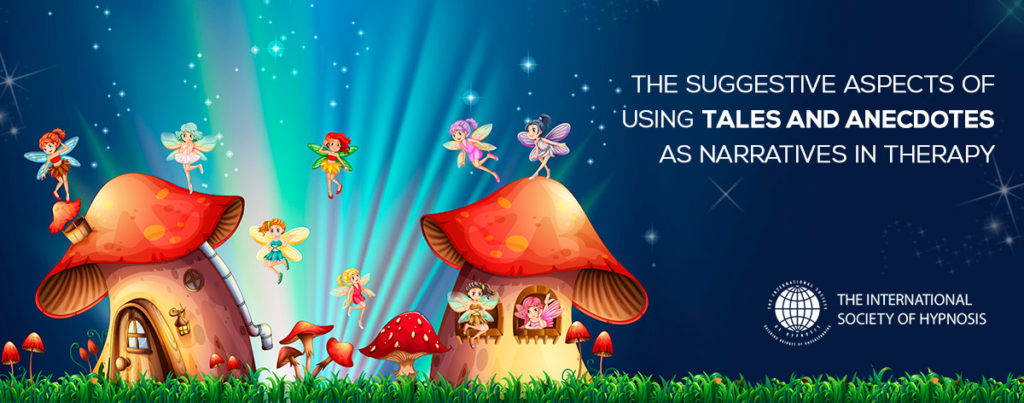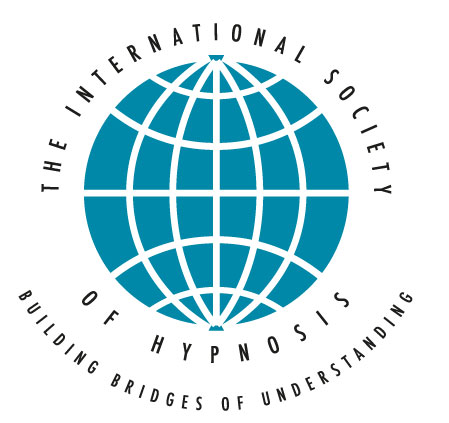

Ördögh, Csilla is a psychologist and perinatal consultant, and an assistant lecturer at Eötvös Loránd University, Budapest, Department of Affective Psychology, where she is currently a PhD student. Her research is connected to mother-baby synchrony and its interdependence with the quality of the birth experience. Dr. Katalin Varga is her supervisor of the PhD studies.
Farkas, István is a psychology BA student at Eötvös Loránd University in Budapest, Hungary. Isván Farkas is a psychology BA student at Eötvös Loránd University in Budapest, Hungary. His interests are quite diverse, he started his studies studying physics, and is currently working on his bachelor thesis about analyzing galaxy spectra with artificial neural networks. Last year he published an article in health sociology, and is currently interested in hypnotherapy and existential therapy, among many other fields of psychology.
Tönkő, Márton is a psychology BA student at Eötvös Loránd University in Budapest, Hungary. His areas of interest are prosocial behavior and interpersonal relationships. His future plans are to work in intensive therapy units as a clinical psychologist.
Introduction
Why stories are so important
Framework used in Hypnosis and in Storytelling
Rapport building and towards regression
The similarities to hypnosis: entering an altered world
The suggestive power of stories in therapy
Examples of Tale therapy
Modern challenges in creating and working with narrative
Conclusion
Bibliography
- Akimoto, T. (2018). Stories as mental representations of an agent’s subjective world: A structural overview. Biologically Inspired Cognitive Architectures, 25, 107-112. DOI: 10.1016/j.bica.2018.07.003
- Bargh, J. A., Chen, M., & Burrows, L. (1996). Automaticity of social behavior: Direct effects of trait construct and stereotype activation on action. Journal of Personality and Social Psychology, 71(2), 230-244. DOI:10.1037/0022-3514.71.2.230
- Bettelheim, Bruno (1988). The Uses of Enchantment. The meaning and importance of fairytales. London:Penguin Books. ISBN 9780307739636
- Bojti, I. (2015). Narratív szemlélet a segítő kapcsolatban.(trans.: Narrative approach in therapeutic relationship) Különleges bánásmód, 1(2.), 59-70.
- Crain, William C., D’alessio, Esterina, McIntyre, Brenda, & Smoke, Leslee (1983). The Impact of Hearing a Fairytale on Children’s Immediate Behavior, The Journal of Genetic Psychology: Research and Theory on Human Development, 143(1), 9-17, DOI: 10.1080/00221325.1983.10533528
- Dallos, E. (2005). Funkciók, intenciók és attribútumok (Hommage á Propp). (trans.: Functions, intensions, attributes) Palimpszeszt, 24. Retrieved from http://magyarirodalom.elte.hu/palimpszeszt/24_szam/02.html
- Danilewitz, Debra (1991). Once upon a time….. The meaning and importance of fairytales, Early Child Development and Care, 75(1), 87-98, DOI: 10.1080/0300443910750104
- Dieckmann, H. (1997). Fairy‐tales in psychotherapy. Journal of Analytical Psychology, 42, 253-268. DOI:10.1111/j.1465- 5922.1997.00253.
- Epstein, L. (1995). A treasury of Jewish anecdotes. Northvale: Jason Aronson.
- Eysenck, Michael W., & Keane (1990). Cognitive Psychology: A Student’s Handbook Hove: Taylor & Francis Ltd ISBN: 9780863771545
- Graf, P., & Schacter, D. L. (1985). Implicit and explicit memory for new associations in normal and amnesic subjects. Journal of Experimental Psychology: Learning, Memory and Cognition, 11, 501-518. DOI: 10.1037/0278-7393.11.3.501
- John, B. (2010, February 5). Megbomlott narratívák: Egy skizofrén naplója. (trans.: Fragmented narratives: Diary of a schizophrenic) – 32 – 2018, Volume 42, No. 3 Mindennapi Pszichológia. Retrieved from http://mipszi.hu/cikk/090925-megbomlott-narrativak
- Kondor, A., Papp-Zipernovszky, O., & Pörczi, Z. (2018). ME, MYSELF AND I …. Magyar Coachszemle, 1, 47-62.
- László, J. (2008). Narratív pszichológia. (trans.: Narrative psychology) Pszichológia, 28(4), 301-317.
- Levine, Elaine S. (1980). Indirect Suggestions Through Personalized Fairytales for Treatment of Childhood Insomnia. The American journal of clinical hypnosis. 23, 57-63. DOI:10.1080/00029157.1980.10404020.
- Loftus, Geoffrey R., Nolen-Hoeksema, S., & Fredrickson, B. (2009). Atkinson and Hilgard‘s Introduction to Psychology (15th edition) London: Cengage Learning EMEA ISBN: 9781844807284
- McAdams, D. P. (2001). The psychology of life stories. Review Of General Psychology, 5(2), 100. doi: 10.1037//1089-2680.5.2.100
- McAdams, D. P. (2010). Personal Narratives and the Life Story, In: Handbook of personality. Theory and research. Guilford Press, 3, 248.
- Mezőfi, V. (2015). Felépüléstörténetek narratív elemzése: A gyógyulás élményének megjelenése szerhasználók és krónikus betegek élettörténeteiben (Master’s dissertation). (trans.: Narrative analysis of stories of recovery: The experience of healing appearing in life stories of drug addicts and cronically sick) Eötvös Loránd Tudományegyetem.
- Ruini, C., Masoni, L., Ottolini, F., & Ferrari, S. (2014). Positive Narrative Group Psychotherapy: the use of traditional fairytales to enhance psychological well-being and growth. Psychology of well-being, 4(1), 13. DOI: 10.1186/s13612-013-0013-0
- Ruini, C., & Ottolini, F. (2013). The Use of Narrative Strategies Based on Fairytales as a Novel, Integrative Ingredient in CBT: A Case Report. EXPLORE: The Journal Of Science And Healing, 10(2), 121-124. doi: 10.1016/j.explore.2013.12.003
- Vachkov, I. V. (2016). Fairytale Therapy Today: Determining its Boundaries and Content. Procedia – Social and Behavioral Sciences, 233, 382-386. DOI: 10.1016/j.sbspro.2016.10.163
- Zager, D. Medin, D. Smith, E. (1984) Categories and Concepts. Language 60(1), 176-180 DOI: 10.2307/414206
